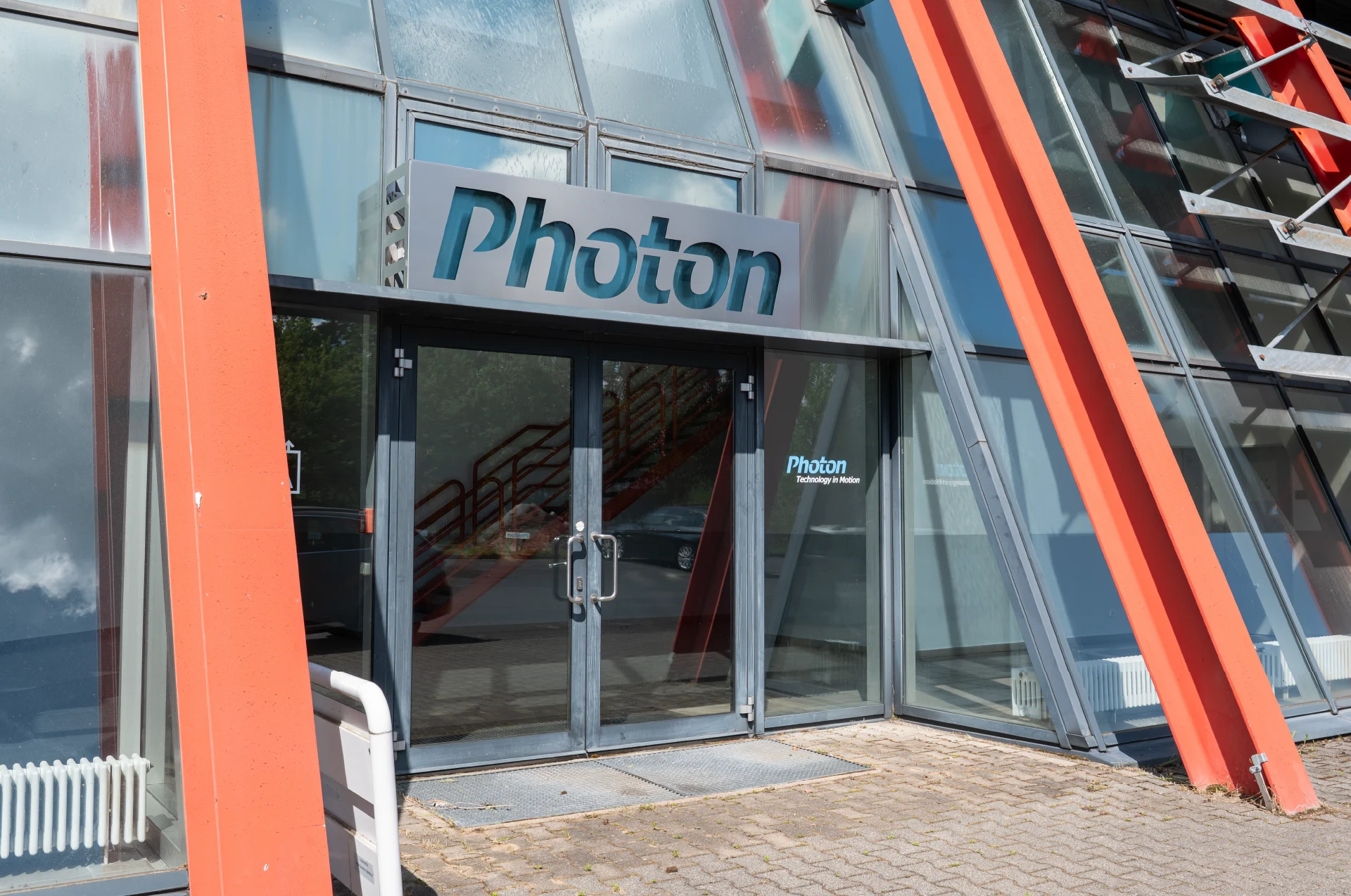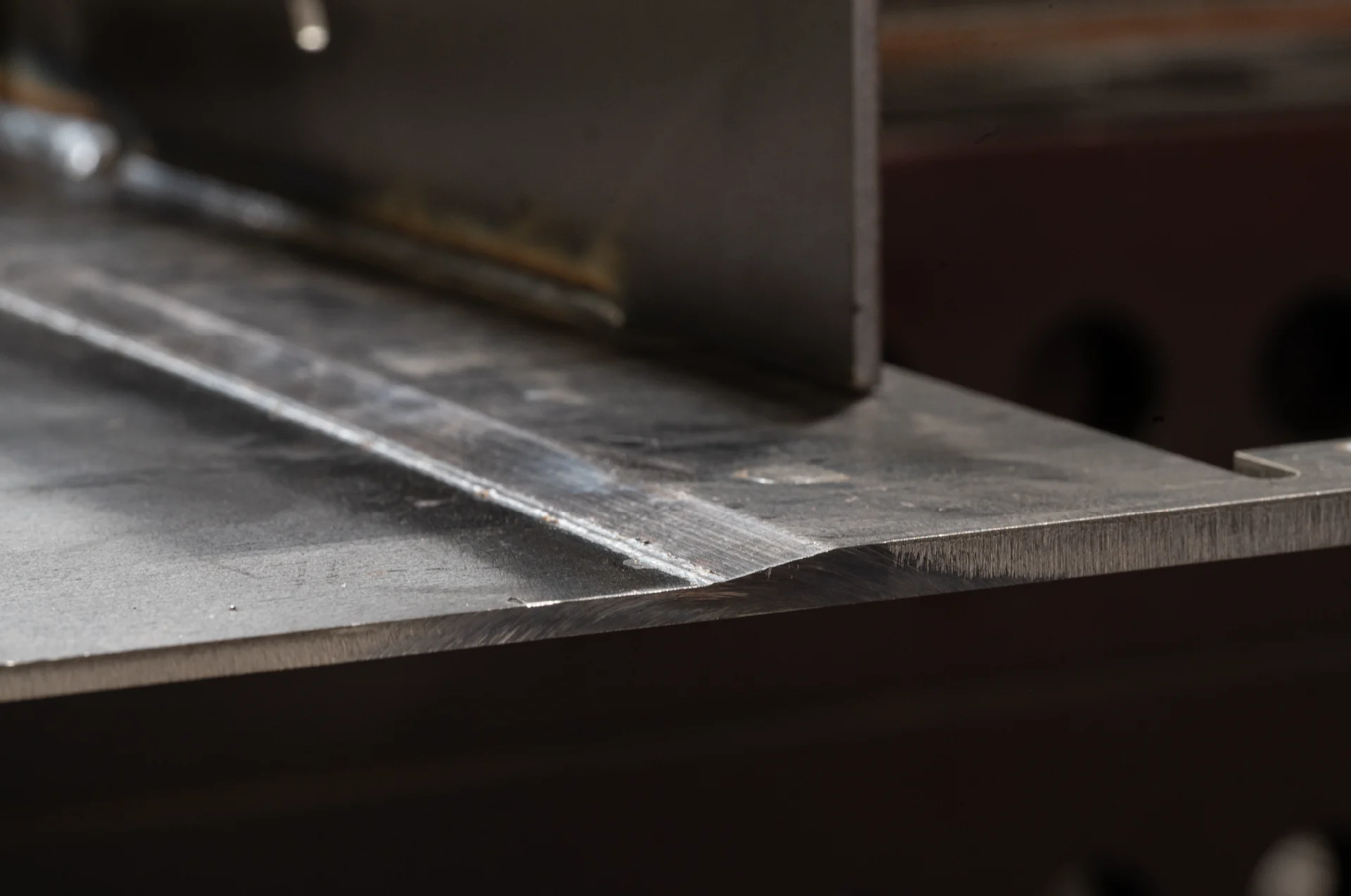Home » Sustainability
_Sustainability
Photon lightweight construction makes vehicles more sustainable throughout their entire life cycle. Less weight means lower energy consumption when starting, braking, and driving—a clear advantage in terms of operating costs and carbon footprint. At the same time, wear and tear on vehicle components and infrastructure is reduced, which lowers maintenance costs and downtime. In production, we rely on energy-efficient laser sources, optimized material utilization, and recyclable materials. In this way, we contribute to Green Rail and support our customers in achieving their environmental and ESG goals.
Optimization from material to production




Energy efficiency in operation
Every kilogram less reduces energy consumption. This adds up to millions of kilometers, especially in local transport with start-stop cycles. Operators not only save electricity or diesel, but also extend the service life of drive components. These savings mean that the investment in lightweight construction pays for itself much more quickly.
Lighter vehicles place less strain on chassis, wheels, brakes, and rails. Lower axle loads mean less wear and tear—both on vehicles and infrastructure. For operators, this results in longer maintenance cycles, less downtime, and lower overall maintenance costs. The availability of entire fleets increases.
Reduction of wear and tear on vehicles and infrastructure


Resource conservation & recycling
We process steels, that can be processed efficiently and primarily use materials that can be can be recycled almost indefinitely. Optimized nesting and cutting plans reduce waste, while modern laser cutting systems consume up to 30% less electricity. Waste is sorted by type and returned to the cycle. In this way, we actively contribute to conserving resources at every stage of production.
Sustainability has long been a criterion for awarding contracts. Our lightweight solutions measurably improve the environmental performance of vehicles—less CO₂, less energy, longer service life. This enables operators to meet ESG requirements and position themselves more successfully in public tenders. At the same time, they strengthen their image as providers of sustainable mobility.
ESG & Tenders

